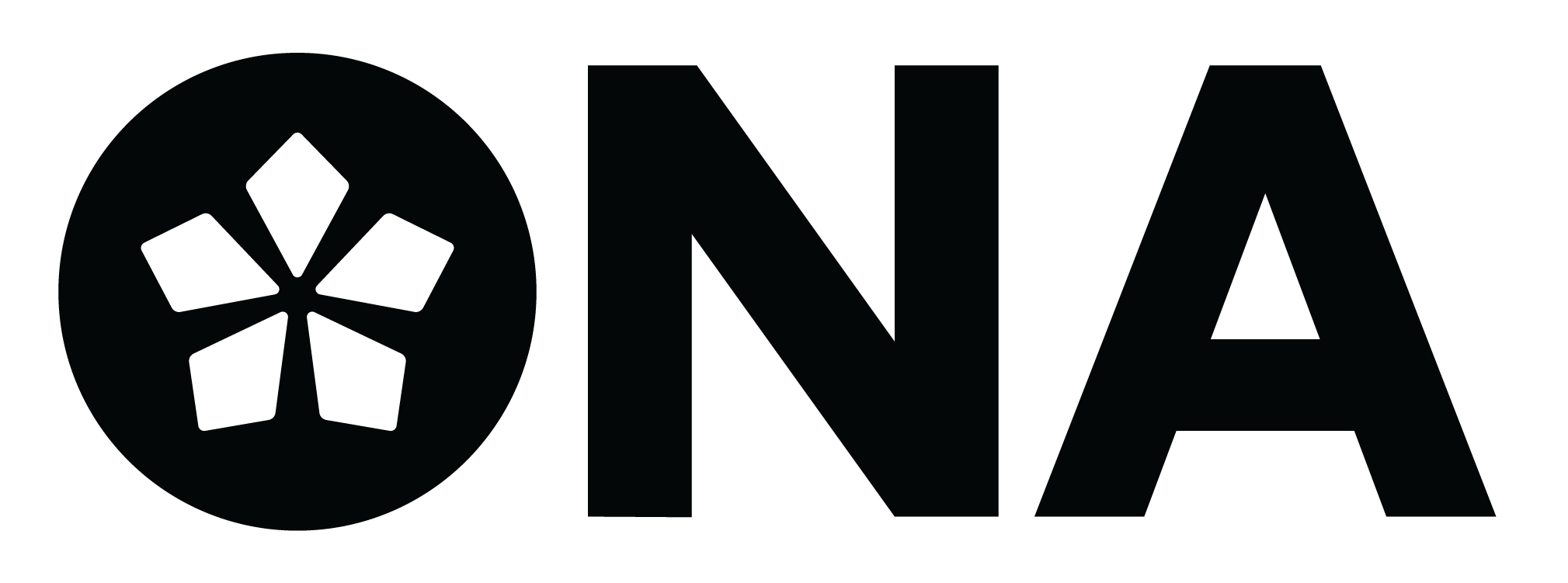Dear Local 075 ONA members, if you have been exposed to COVID-19 while at work and/or been involved in the contact tracing procedures by the hospital, please send an email to local075@ona.org describing the date and type of exposure and brief description of the instructions provided to you. Please be sure to complete an HIR on the exposure incident or contact your manager to do so if you are unable. We are endeavoring to stay connected and support our members with occupational health and safety concerns.
HOW OFTEN ARE YOU SUPPOSED TO CHANGE A PROCEDURAL/SURGICAL MASK:
https://www.osap.org/page/FAQPPE20135?&hhsearchterms=%22face+and+mask%22 (The Organization for Safety, Asepsis and Prevention (OSAP))
- Change masks between patients or when they become damp from external contamination or from condensation of moist, exhaled air (about every 20 minutes).
https://www.rdhmag.com/infection-control/personal-protective-equipment/article/16407656/changing-masks (found on a site for Registered Dental Hygienists)
The CDC is very clear: When a surgical mask is used, it should be changed between patients or during patient treatment if it becomes wet. The Organization for Safety, Asepsis and Prevention reminds us that masks do not filter efficiently. In fact, a wet mask becomes a great wick that draws in moisture and debris. You might be surprised to learn that changing the mask every 20 minutes in a wet environment and every 60 minutes in a non-aerosol environment and between patients is recommended.
ADDITIONAL INFORMATION on Facemask versus Respirator Use
Source Document: Hospital Respiratory Protection Program Toolkit, Resources for Respirator Program Administrators May 2015
- This document was adapted from a California-specific guide, Implementing Respiratory Protection Programs in Hospitals: A Guide for Respirator Program Administrators, May 2012, which was developed by the California Department of Public Health, Occupational Health Branch, and the Public Health Institute under contract no. 254-2010-345-11 from the National Institute for Occupational Safety and Health, National Personal Protective Technology Laboratory (NIOSH-NPPTL). The guide was adapted under contract no. 254-2011-M-40839 from NIOSH-NPPTL to produce this toolkit
- Page 4 – The purpose of a facemask, when worn by a patient suspected or confirmed with an illness such as influenza or tuberculosis, is to reduce the amount of large infectious particles released as the patient talks, sneezes, or coughs; this limits their concentration in the room air and reduces the infection risk to others who are present.
- Page 5 – (Surgical masks) are not considered respiratory protection— facemasks do NOT provide the wearer with a reliable level of protection from inhaling smaller particles, including those emitted into the room air by a patient who is exhaling or coughing, or generated during certain medical procedures
- Page 10 – Healthcare personnel caring for patients who may be infected with a disease requiring Droplet Precautions may not just be at risk of exposure of their mucosa to sprays of large infectious droplets and possible subsequent disease—they may also be at risk of disease transmission from inhaling particles that are present in the room air and are infectious in the short-term and at closer distances. Disease transmission can only occur if the organism remains viable and infective while it is airborne and enough particles to represent an infectious dose (also not known for many organisms) are inhaled. The extent of this inhalation risk is not known for all diseases currently calling for Droplet Precautions. However, the use of respiratory protection in such instances as a precautionary measure could help to reduce the potential risk from inhalation exposure wherever small particle aerosol transmission may be possible.
- Page 10 – Nonetheless, in practice, most identified instances of infections transmitted by aerosols from patients to healthcare personnel occur due to lapses in administrative controls (e.g., failure to identify infected patients and implement appropriate precautions).
